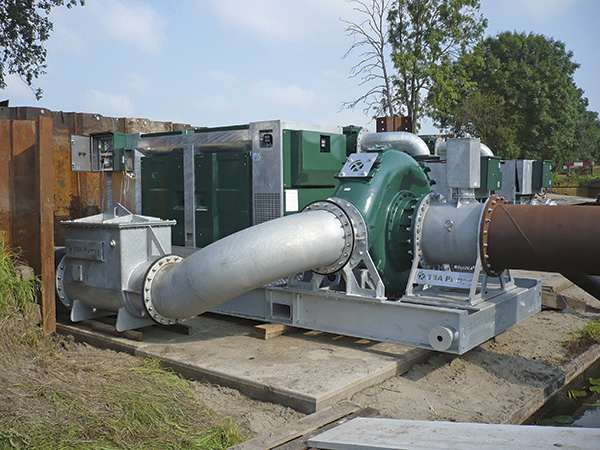A global problem affecting millions of people, flooding causes more than $25 billion of damage per year. Floods pose a threat to infrastructure that even advanced technologies have difficulty resisting. The most aggressive estimate puts the potential worldwide damage of flooding at nearly a trillion dollars per year by 2050. Flood protection and water level management are critical in the Netherlands. Large parts of the country are below sea level and under constant risk of flooding. The Dutch water councils have the vital task of handling the day-to-day water level management and ensuring that the country is well-protected against any flood. A common feature in the Netherlands, a polder is a low-lying tract of land enclosed by dikes. After the water is pumped out, the land in the previously unusable marsh land or sea bed is now open to farming and other activities. However, the ground sinks over time. If the polder is placed over marshes, the peat will dry out and the groundwater will subside. This further lowers the level of the land in the polder. Because of the drainage, the polder will be below sea level at least part of the time. The pressure differential between the low-lying area and the surrounding river or sea causes constant seepage that must be pumped away.
.jpg) The project started with the installation of temporary pumps. (Images courtesy of Cornell Pump)
The project started with the installation of temporary pumps. (Images courtesy of Cornell Pump) The temporary pumps will continue to remove water from the polders.
The temporary pumps will continue to remove water from the polders.
